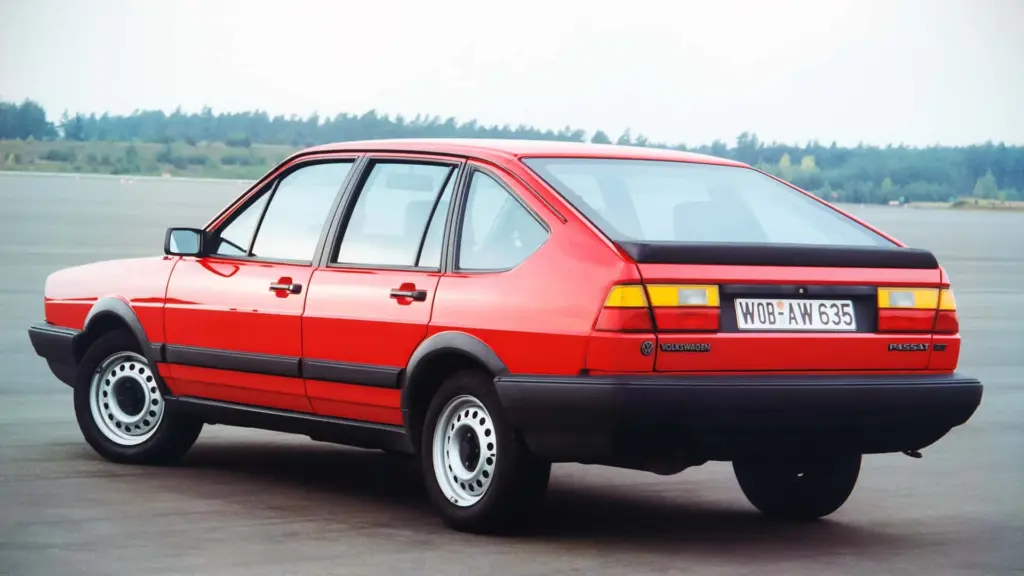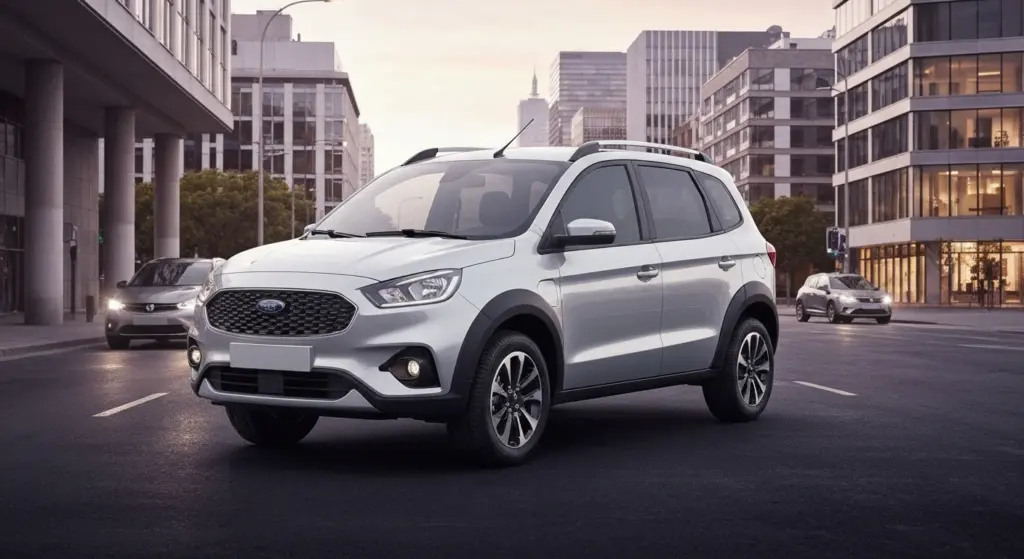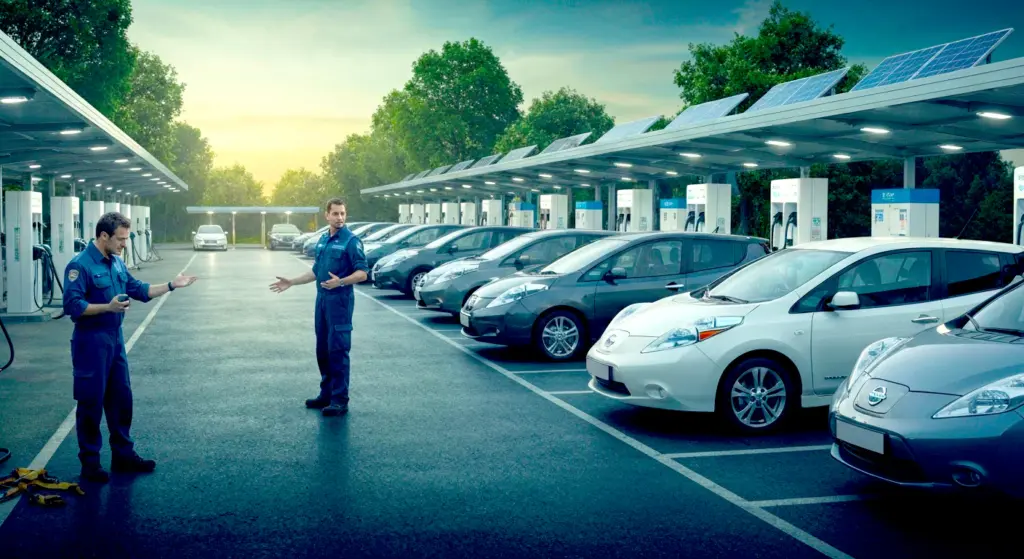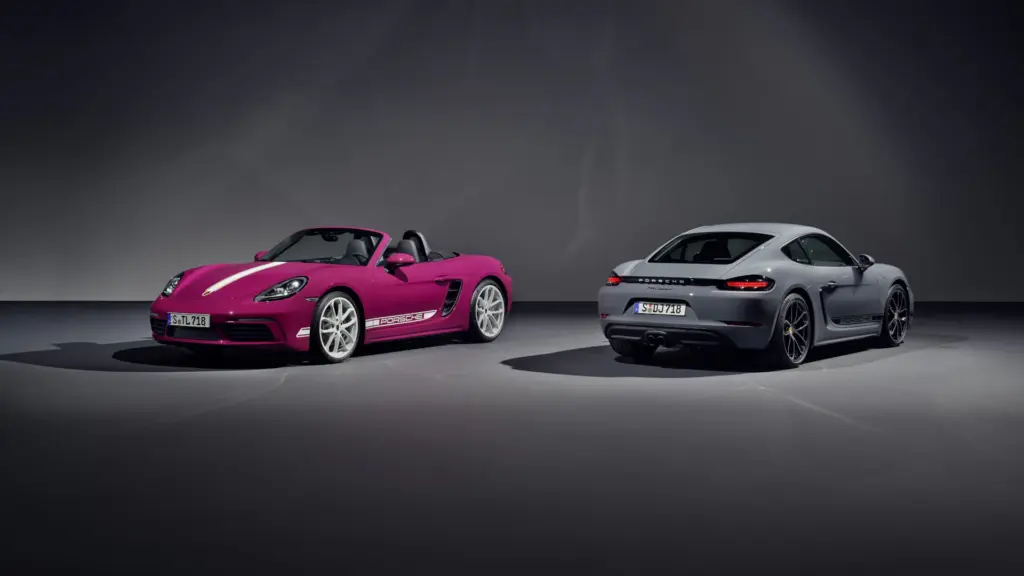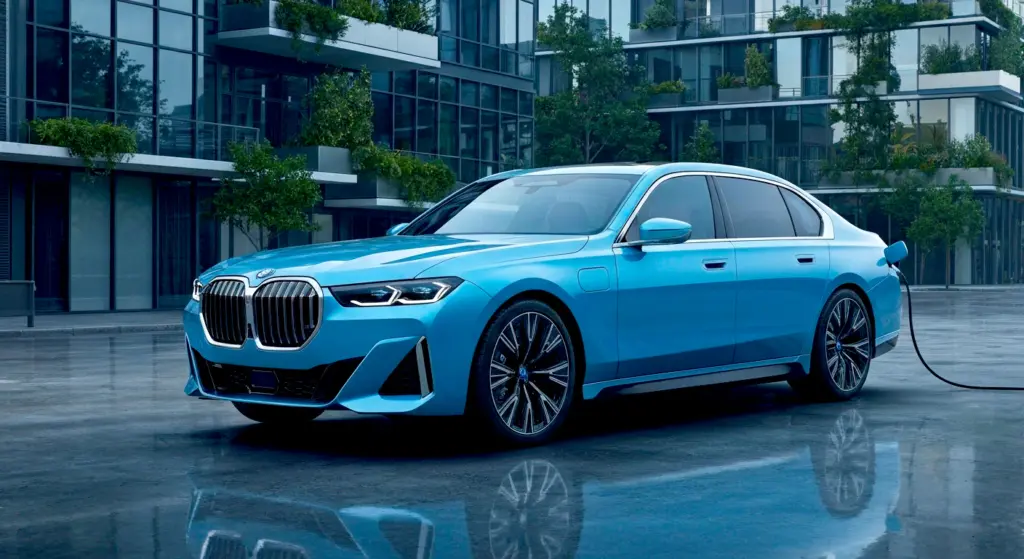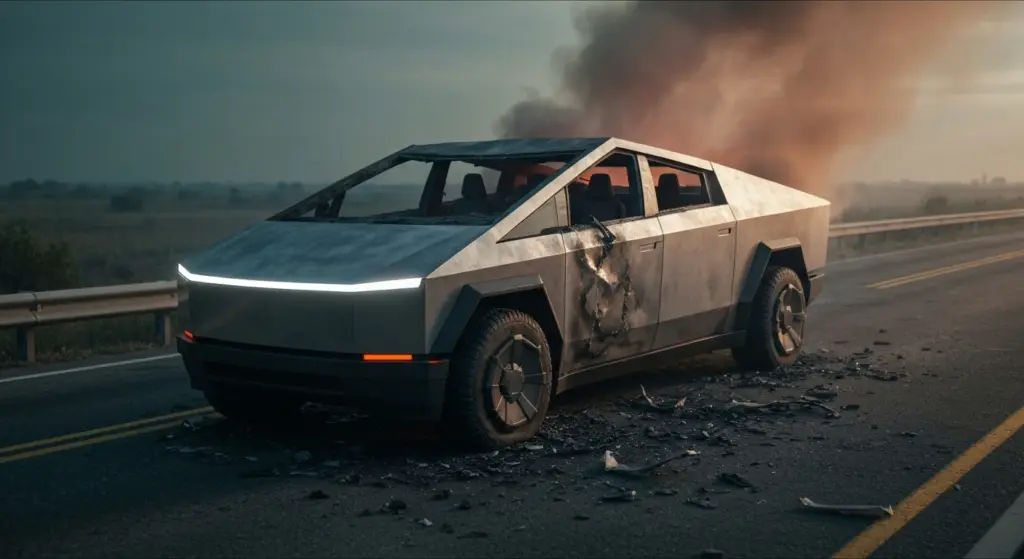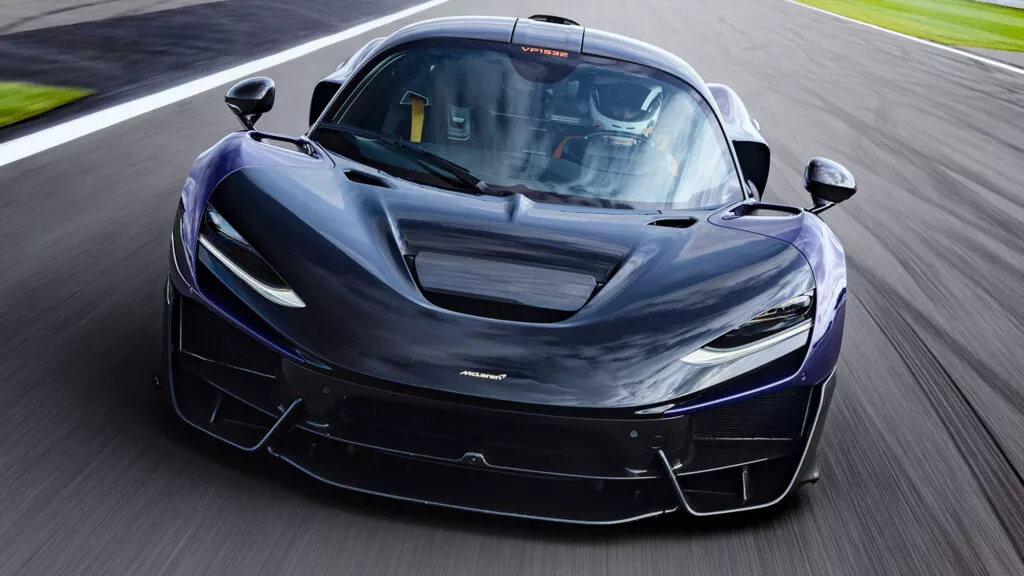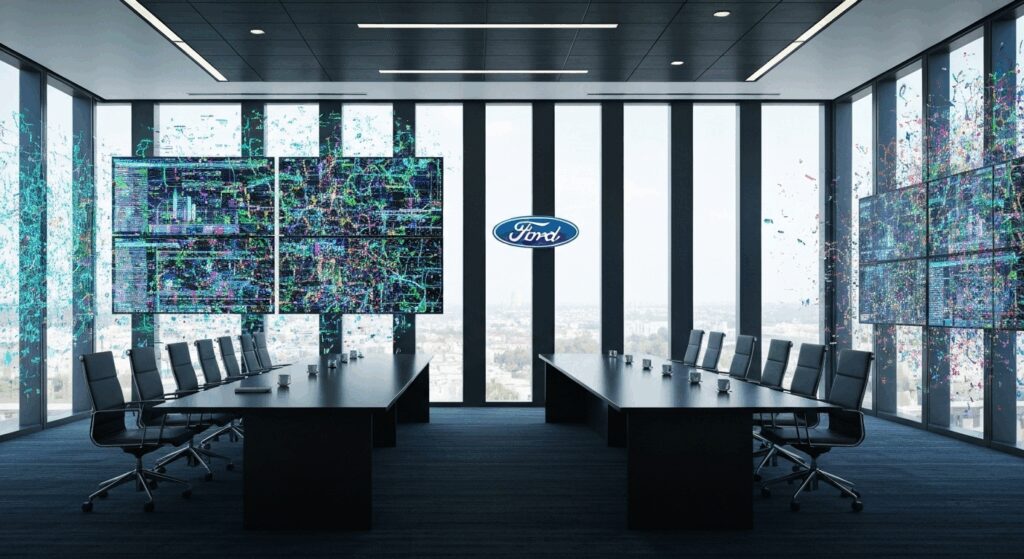Nio Inc. is shaking up the electric vehicle market with the official launch of the Firefly, its first model under the new sub-brand focusing on premium compact cars. This small wonder arrives promising design, technology, and the convenience of battery swapping, all at a price that directly challenges giants like Mini and Smart.
Nio Firefly Arrives: The Electric Compact That Challenges Giants
Nio, known for its premium electric SUVs and sedans, is expanding its horizons with the Firefly. Positioned as a “boutique small car” brand, Firefly debuts with its namesake model that directly targets the charming electric compact segment, currently dominated by names like the BMW Mini Electric and the Mercedes-Benz Smart #1.
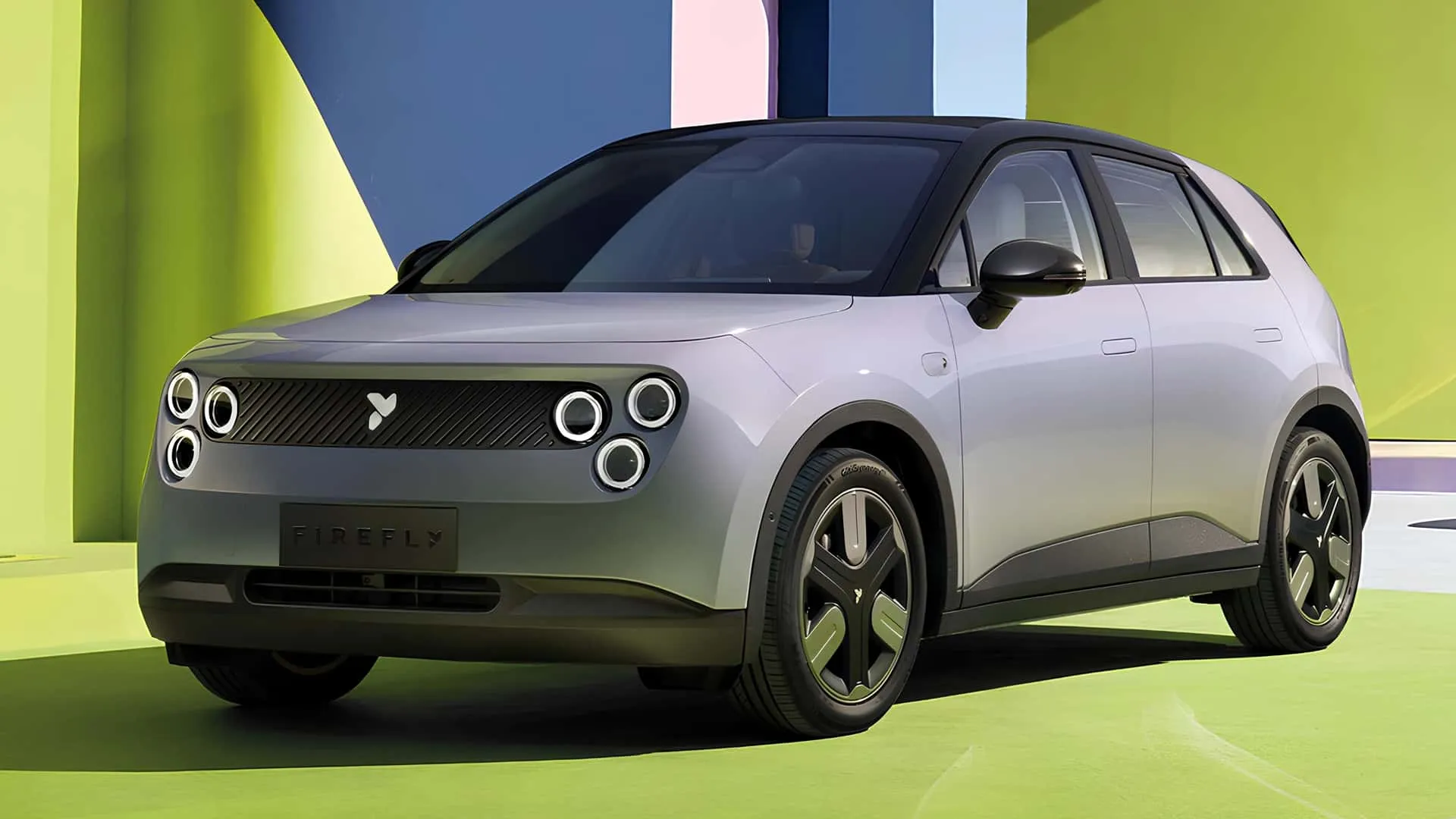
The official launch in China marks a significant step in Nio Inc.’s strategy to diversify its portfolio and reach a broader audience. The Firefly is not just a car; it’s a statement of Nio’s intent to compete aggressively in the growing urban EV market, both in China and globally.
Aggressive Pricing: How Much Does the Nio Firefly EV Cost?
One of the most discussed points of the launch is the competitive price of the Firefly in China. The entry-level version, which includes the battery, starts at CNY 119,800 (approximately $16,410). This price is significantly lower than the pre-sale price (CNY 148,800) and positions the Firefly below the Electric Mini Cooper (starting at CNY 149,800 with discounts) and the Smart #1 (starting at CNY 149,900 with discounts) in the Chinese market.
There is also a second variant, featuring a more premium interior, priced at CNY 125,800 (about $17,230). Nio is betting heavily on affordability, and the Battery as a Service (BaaS) option, allowing customers to purchase the car without the battery and rent it monthly, will be available from August 1. While the exact BaaS price for the Firefly hasn’t been announced, it is expected to reduce the entry barrier by tens of thousands of yuan, similar to the pricing seen for Nio models (ET5 BaaS: CNY 228,000) and Onvo (L60 BaaS: CNY 149,900).
For the European market, where the launch is expected in the first half of 2025, prices have not yet been confirmed. Initial estimates suggest a range between €15,500 and €25,000, but import tariffs (which can add over 20% for Nio) may increase the final cost depending on the country.
Detailed Specifications: The Heart of the Nio Firefly
The Firefly has been designed as a compact electric vehicle focused on urban mobility, combining agile dimensions with efficient specifications. The technical details reveal a vehicle made with daily city driving in mind, without compromising on technology and safety.
Despite its compact size, the Firefly offers seating for five passengers and smart storage solutions, such as a generous front trunk (frunk). The engineering has focused on maneuverability and energy efficiency.
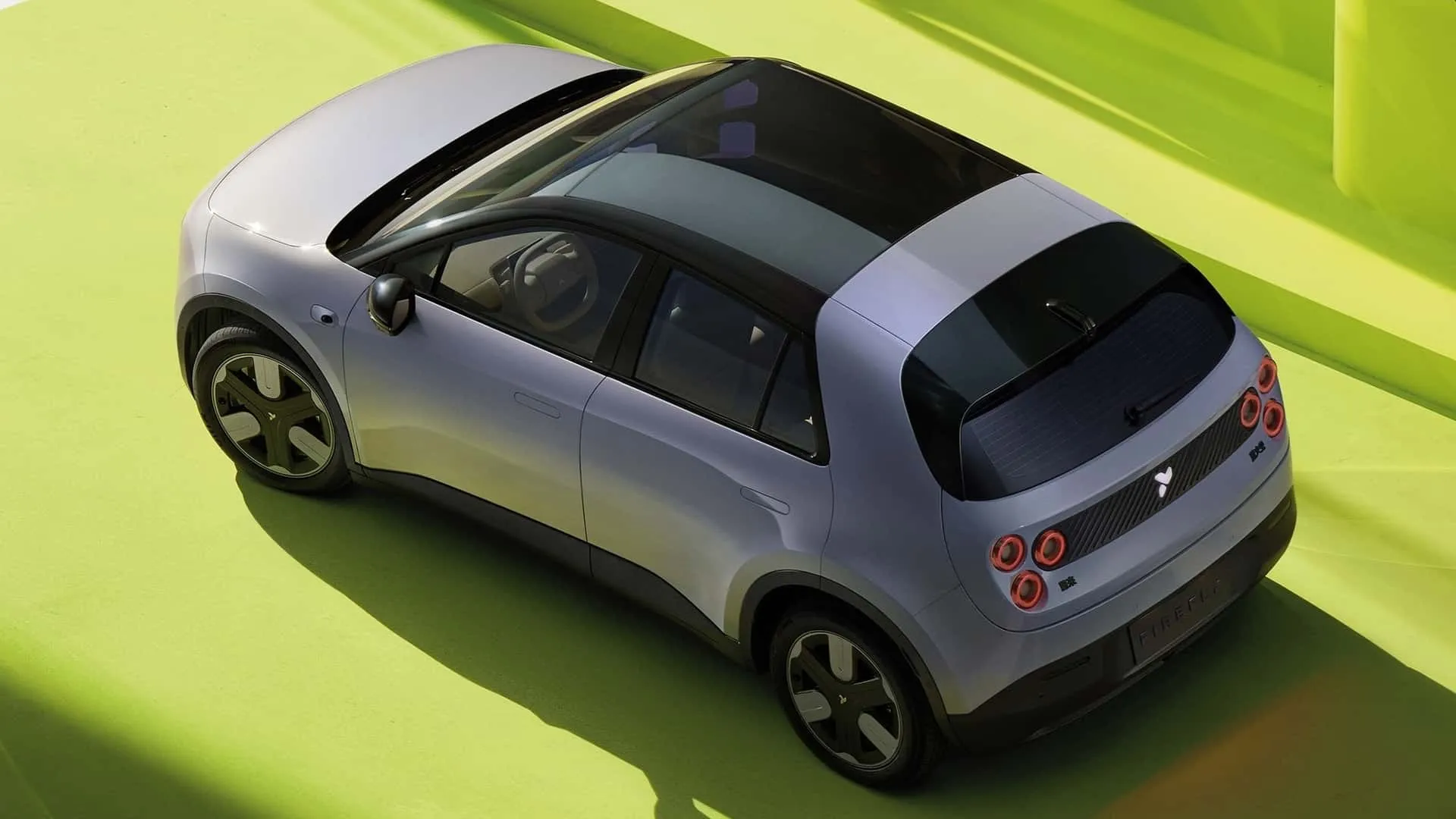
General Specifications and Dimensions
| Specification | Value |
|---|---|
| Length | 157.6 inches |
| Width | 70.3 inches |
| Height | 61.3 inches |
| Wheelbase | 102.8 inches |
| Turning Radius | 15.4 feet |
| Empty Weight | 3,287 lbs |
Powertrain and Urban Performance
| Specification | Value |
|---|---|
| Motor | Single Rear Motor (RWD) |
| Maximum Power | 105 kW (141 hp) |
| Maximum Torque | 147.5 lb-ft |
| Top Speed | 93.2 mph |
Nio does not emphasize acceleration as a selling point, focusing instead on urban agility. The turning radius of just 15.4 feet, the smallest in its category according to the brand, reinforces this mission. Rear-wheel drive and a five-link independent rear suspension promise a dynamic and comfortable driving experience.
Range and Battery: Driving with the Firefly
Range is a crucial factor for electric vehicles, and the Firefly aims for a balance between capacity and cost. It comes standard with a LFP (lithium iron phosphate) battery, known for its durability and safety, supplied by Sunwoda – a newcomer to Nio’s supplier list.
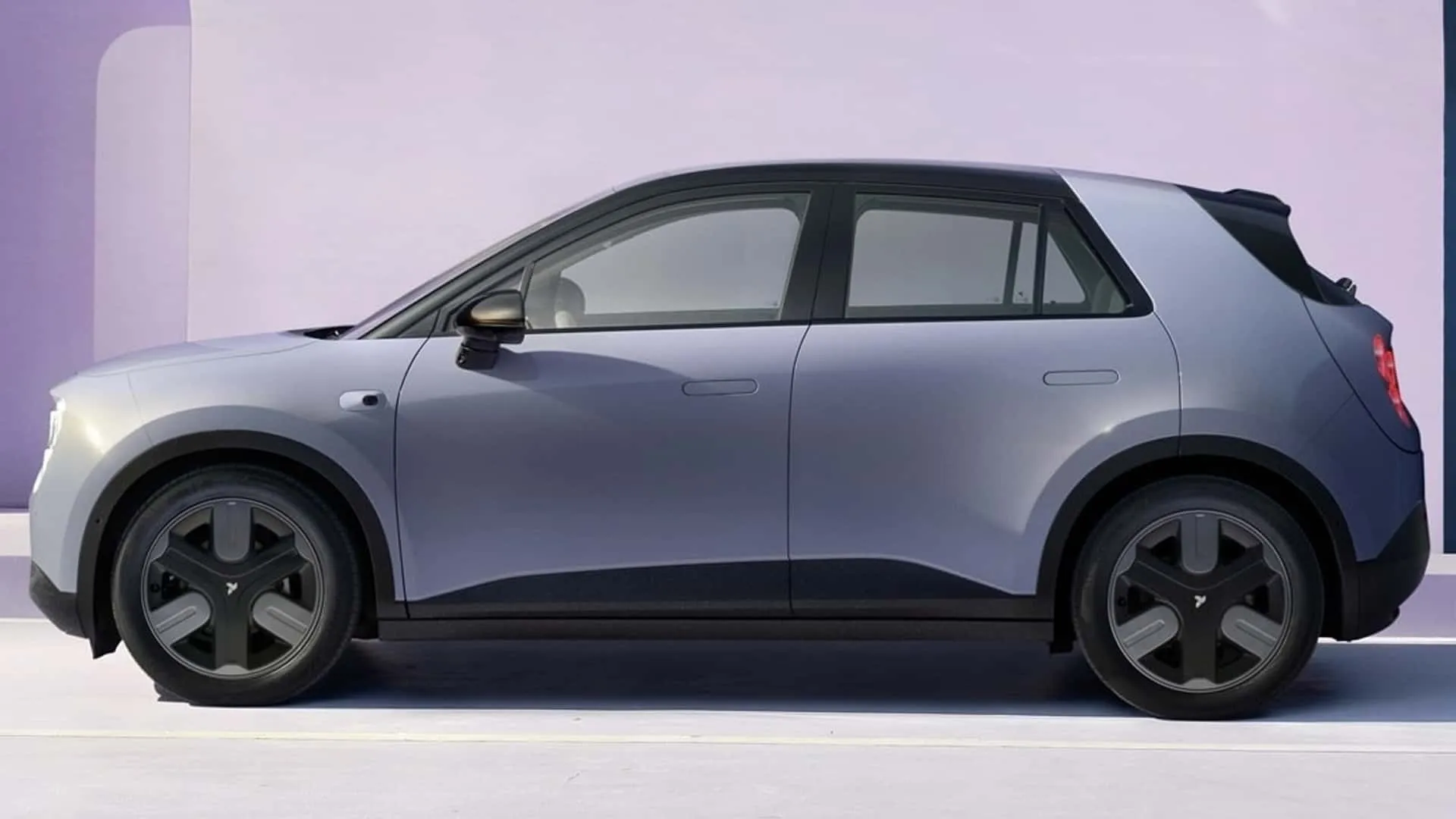
The battery capacity is 42.1 kWh, providing a range of 261 miles according to the Chinese CLTC cycle. It’s important to note that the CLTC cycle is generally more optimistic than the WLTP, which is the standard in Europe. A more realistic estimate for the WLTP cycle would be around 205 miles. The energy consumption is efficient, rated at 10.9 kWh per 62 miles.
The big advantage here is compatibility with Nio’s battery swap system. This allows for “refueling” in just a few minutes at dedicated stations, eliminating range anxiety and offering the flexibility of the BaaS (Battery as a Service) model.
Battery Swap Technology: Nio’s Advantage
One of the major differentiators of the Nio ecosystem is the battery swap technology, and the Firefly inherits this capability. This means owners will be able to visit a Nio swap station and replace a depleted battery with a fully charged one in about 3 to 5 minutes.
The Firefly vehicles will be compatible with Nio’s future fifth-generation swap stations, expected to be implemented early next year. Initially, Nio will install demonstration stations in Chinese cities with a high concentration of users. This technology not only addresses the recharging time issue but also enables the BaaS model (Battery as a Service).
With BaaS, customers buy the car without the battery at a significantly lower price and pay a monthly fee to lease the battery, which includes access to swaps. This makes the initial cost of the electric vehicle much more affordable, bringing it closer to equivalent combustion cars.
Design and Interior: Compact with Style and Space?
Designed by Kris Tomasson, the Firefly features a distinctive and modern look. The front showcases headlights with a three-circle design that repeats in the taillights, creating a unique light signature. Details such as a stylized front grille, black roof options, and a small rear spoiler give personality to the compact.
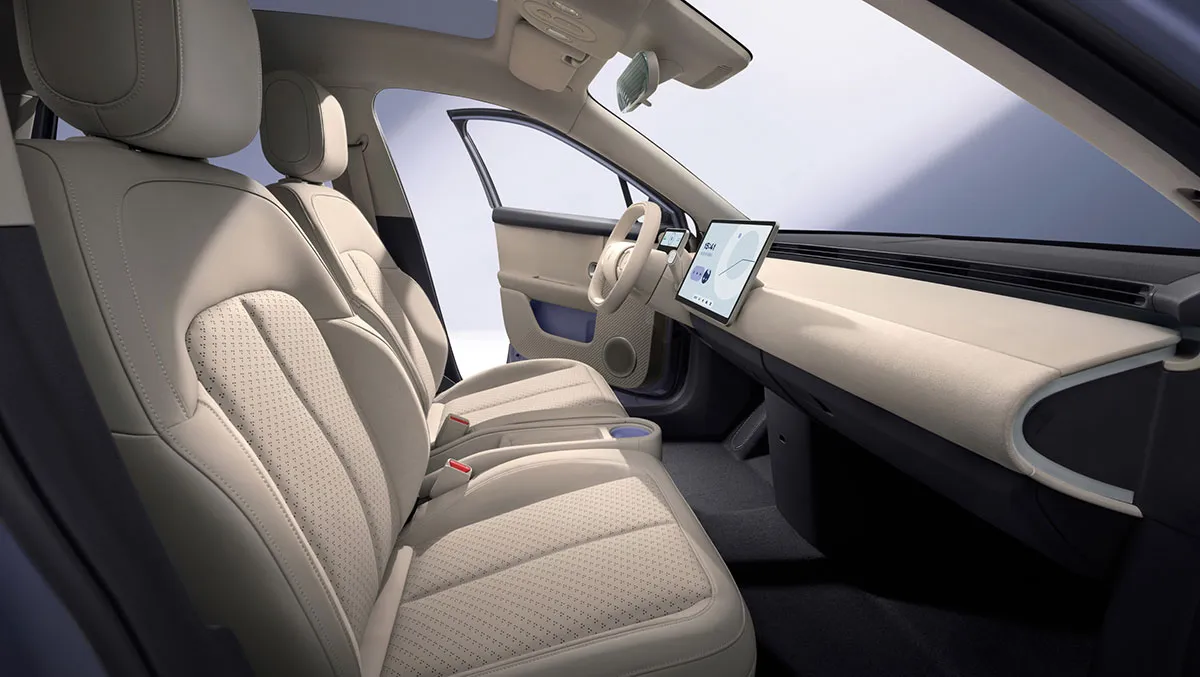
Inside, the Firefly promises a technological and functional environment. It features a horizontal central screen and a digital LCD instrument panel. The two-tone steering wheel adds a touch of sophistication. The onboard technology includes the Lumo voice assistant (similar to Nio’s Nomi) and AI language models for better comprehension.
A surprising highlight is the front trunk (frunk) with a capacity of 2.4 cubic feet, which is the largest in its category according to Nio, and includes a drainage function. The rear trunk is estimated to have a capacity of around 9.8 cubic feet with the seats up, expanding to up to 44.3 cubic feet with them folded down.
Internal and External Features
- Headlights/Taillights: Three-circle design
- Frunk: 2.4 cubic feet with drainage
- Central Screen: Horizontal (size not specified)
- Instrument Panel: LCD
- Voice Assistant: Lumo with AI
- Colors: Purple, Green, Beige, White, Gray
- Roof: Panoramic glass (optional)
- Wheels: 18-inch rims (3 designs)
Safety: A Priority for the Little Marvel
Despite its compact size, safety was a key pillar in the development of the Firefly. Nio aims for top ratings in crash tests: 5 stars in the 2024 C-NCAP (China) and is designing the car to achieve 5 stars in Euro NCAP (Europe).
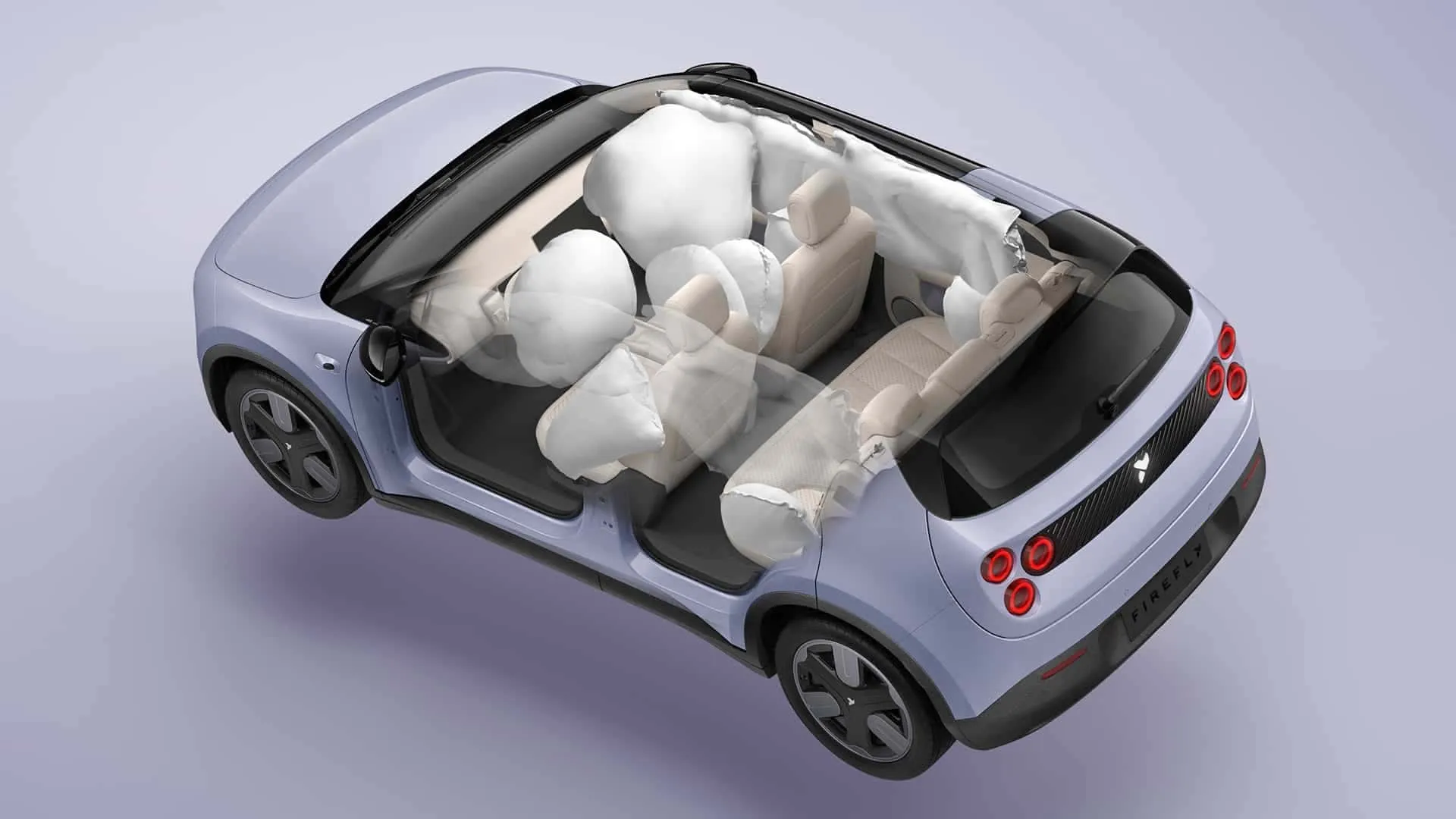
The vehicle structure uses 83.4% high-strength steel and aluminum alloys, resulting in a torsional rigidity of 26,400 lb-ft/degree, an impressive value for its category. The car comes standard with 9 airbags and advanced driver assistance systems (ADAS), processed by a chip from Horizon Robotics. Double anti-collision bars in the front doors enhance side protection.
Key Safety Features
- Structure: High rigidity (26,400 lb-ft/degree)
- Materials: 83.4% High-strength steel/Aluminum
- Airbags: 9 (standard)
- ADAS: Advanced systems (Horizon chip)
- Target Rating: 5 stars (C-NCAP/Euro NCAP)
- Brakes: Bosch IPB system
Global Strategy and Availability: Where to Find It?
The Firefly was born with global ambition. Nio conducted extensive research in over 40 cities across 17 countries, including a significant period in Europe, to tailor the car to different markets. The goal is to offer an attractive product not only in China but also in Europe, Latin America, and Southeast Asia.
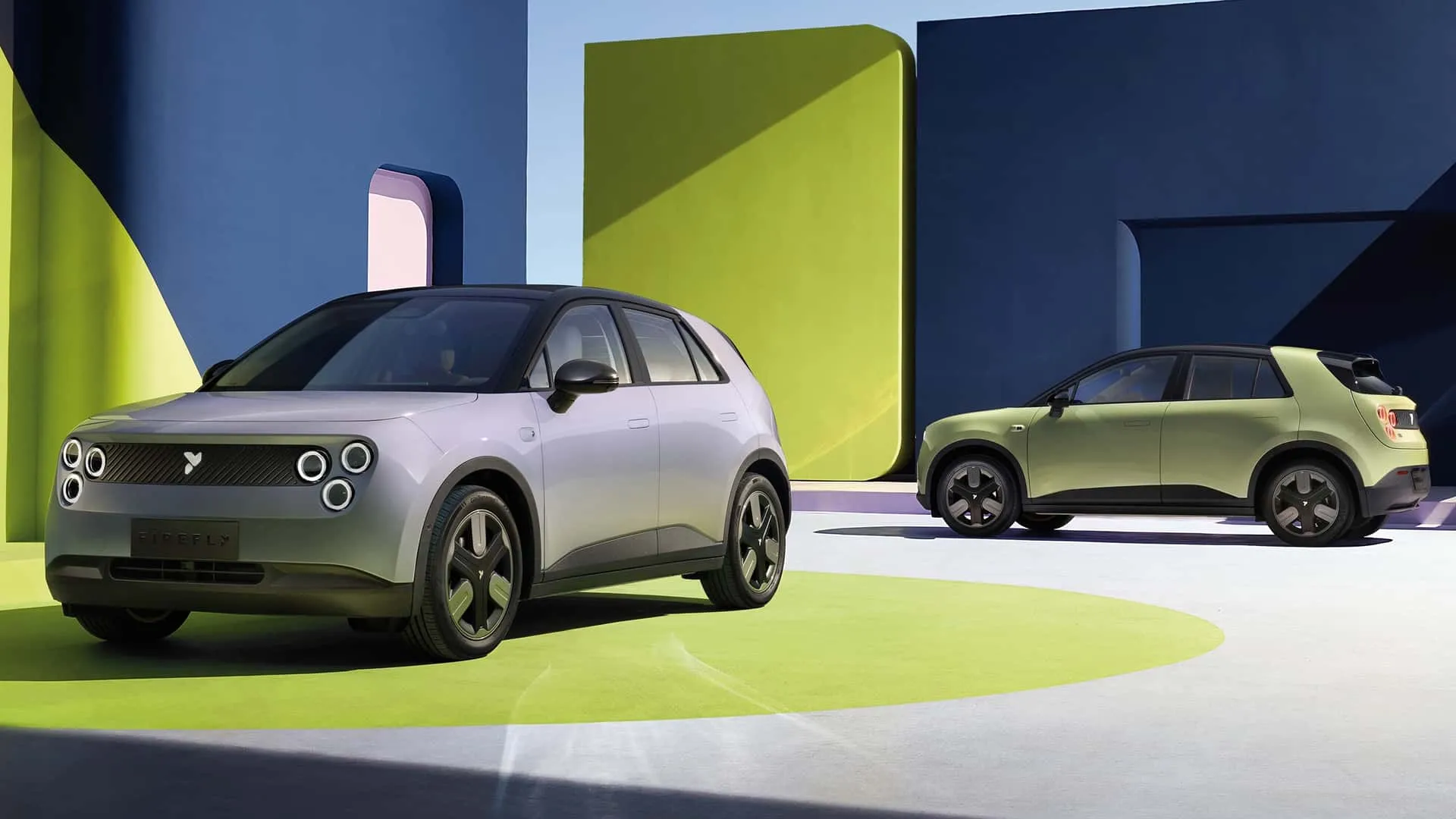
Deliveries in China begin on April 29, 2025. The original plan was to launch first in Europe, but strategic changes, possibly related to tariffs, have delayed the European debut to the first half of 2025 (likely between May and June). In China, the Firefly will share retail space with the main Nio brand, unlike Onvo, which has separate channels. In Europe, Nio is expected to utilize third-party dealerships for the Firefly.
The Firefly is crucial for Nio Inc.’s sales targets, which aims to double its figures compared to 2024, aiming for around 440,000 vehicle sales annually. With Onvo underperforming, the hopes now rest on the success of this new electric compact.
Frequently Asked Questions about the Nio Firefly EV
- What is the starting price of the Nio Firefly? In China, it starts at CNY 119,800 (~$16,410) with battery included. The BaaS (without battery) price will be announced in August. In Europe, estimated between €15,500-€25,000 before tariffs.
- What is the range of the Nio Firefly? The official range is 261 miles in the CLTC cycle, using a 42.1 kWh LFP battery. In the WLTP cycle (Europe), the estimated range is about 205 miles.
- Does the Firefly support battery swapping (BaaS)? Yes, the Firefly is compatible with Nio’s battery swap system and will have the option for BaaS (battery rental) starting August 2025 in China.
- Who are the main competitors of the Nio Firefly? It directly competes with the Mini Electric, Smart #1, and indirectly with BYD Dolphin, Volkswagen ID.3, and Renault 5 E-Tech.
- When will the Nio Firefly be available? Deliveries start on April 29, 2025, in China. The European launch is slated for the first half of 2025.
The Nio Firefly EV looks like an exciting addition to the compact electric vehicle market. What do you think about the price and specifications? Share your thoughts in the comments!
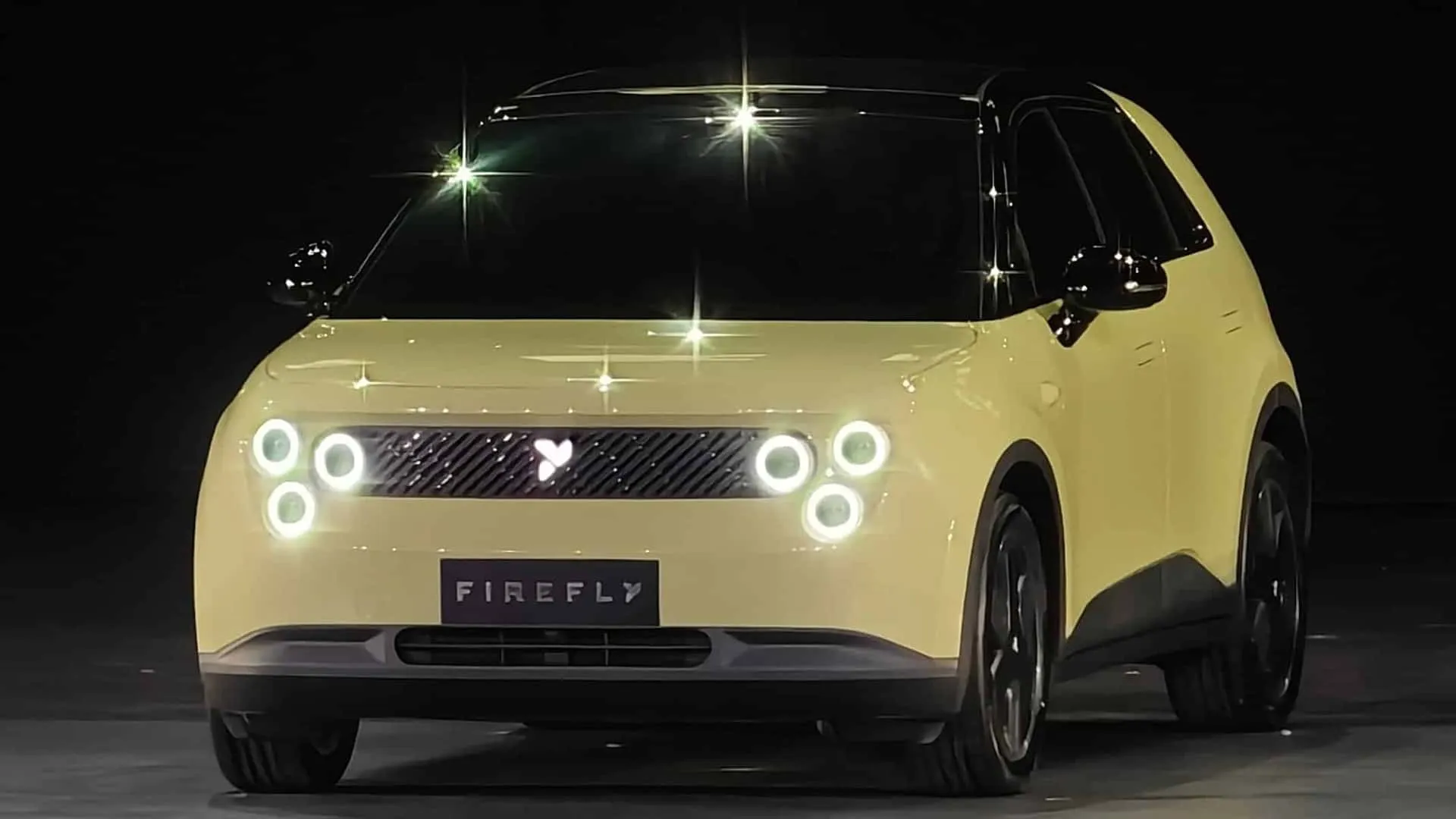
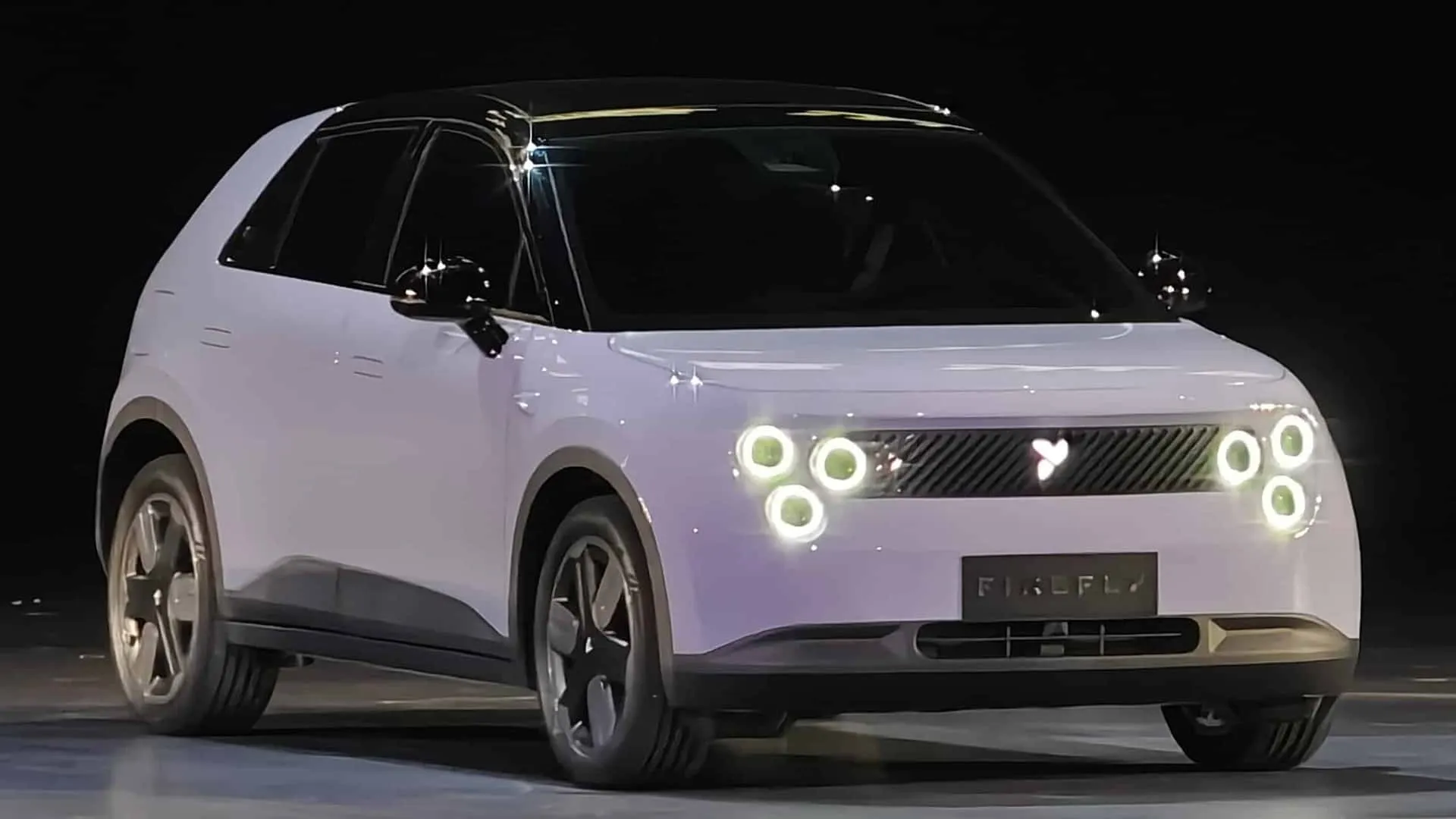
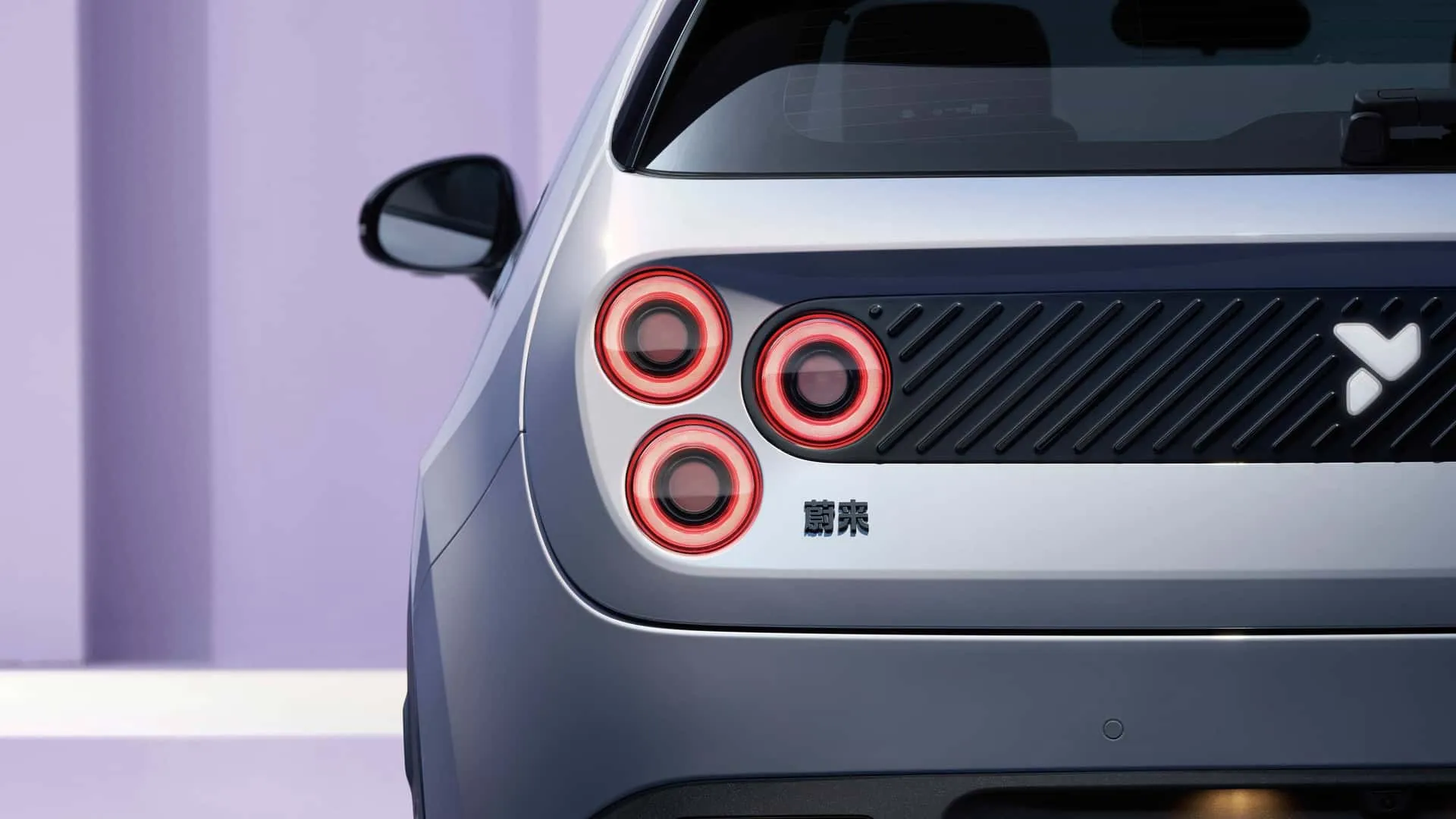
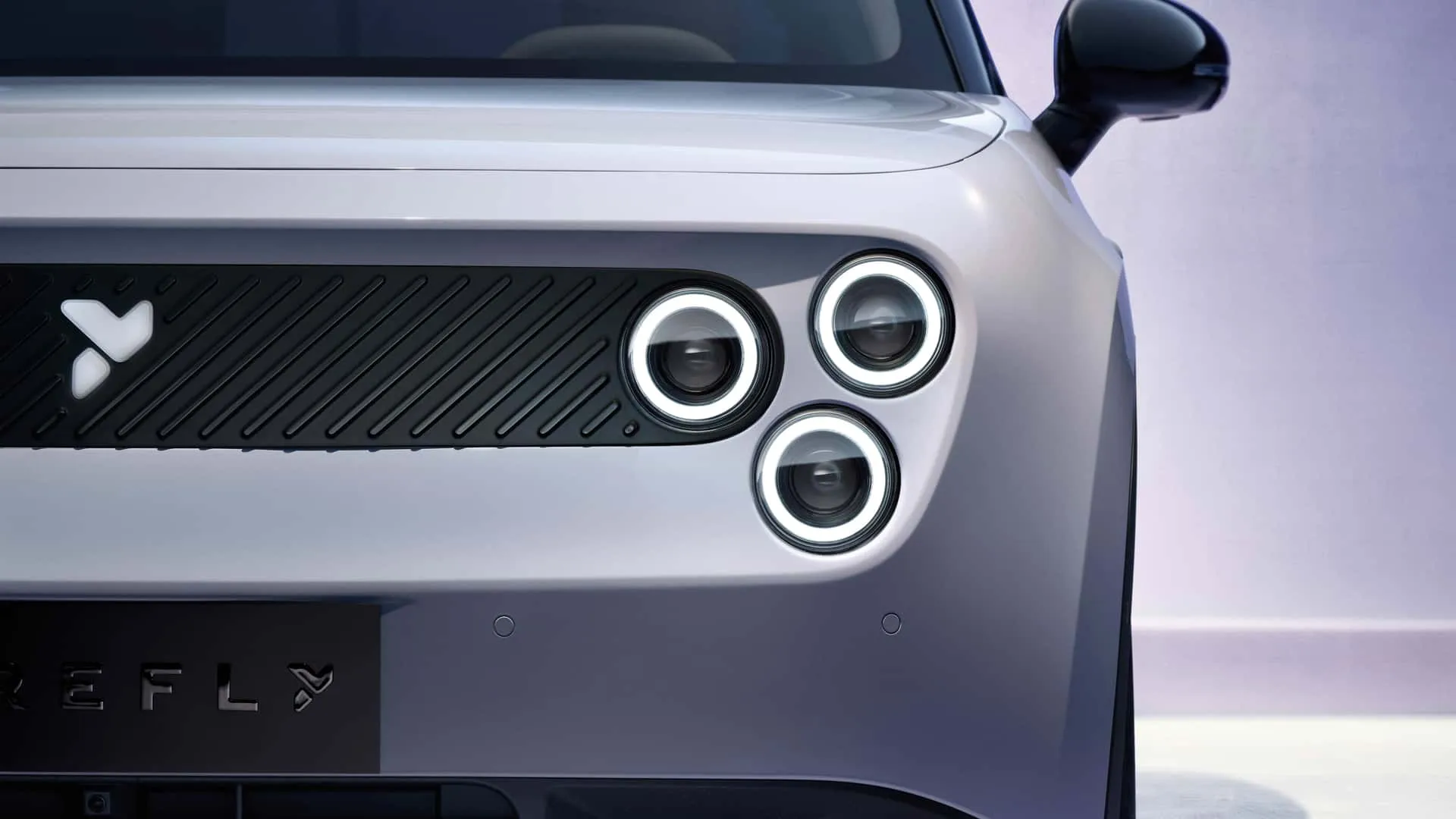
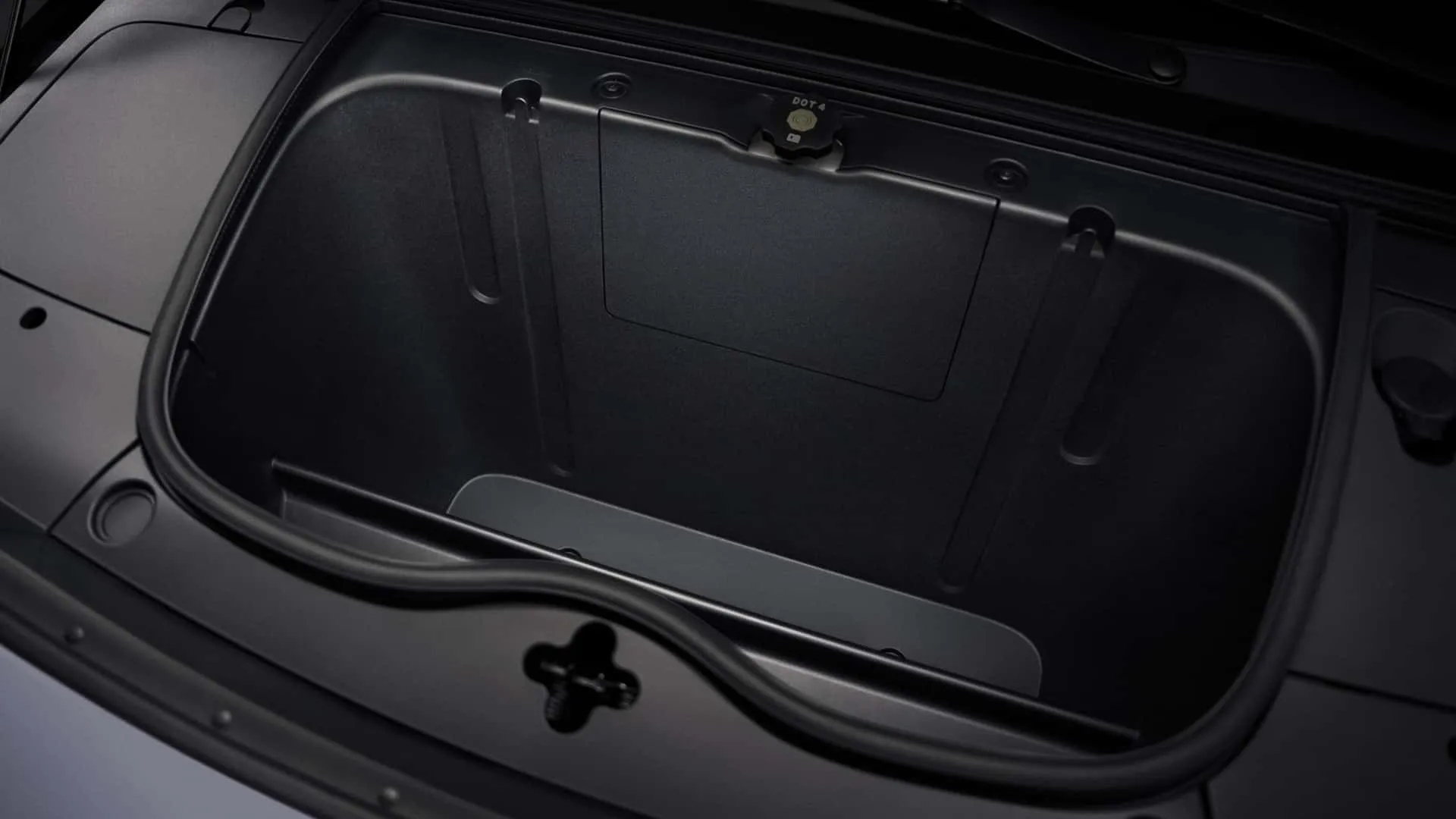
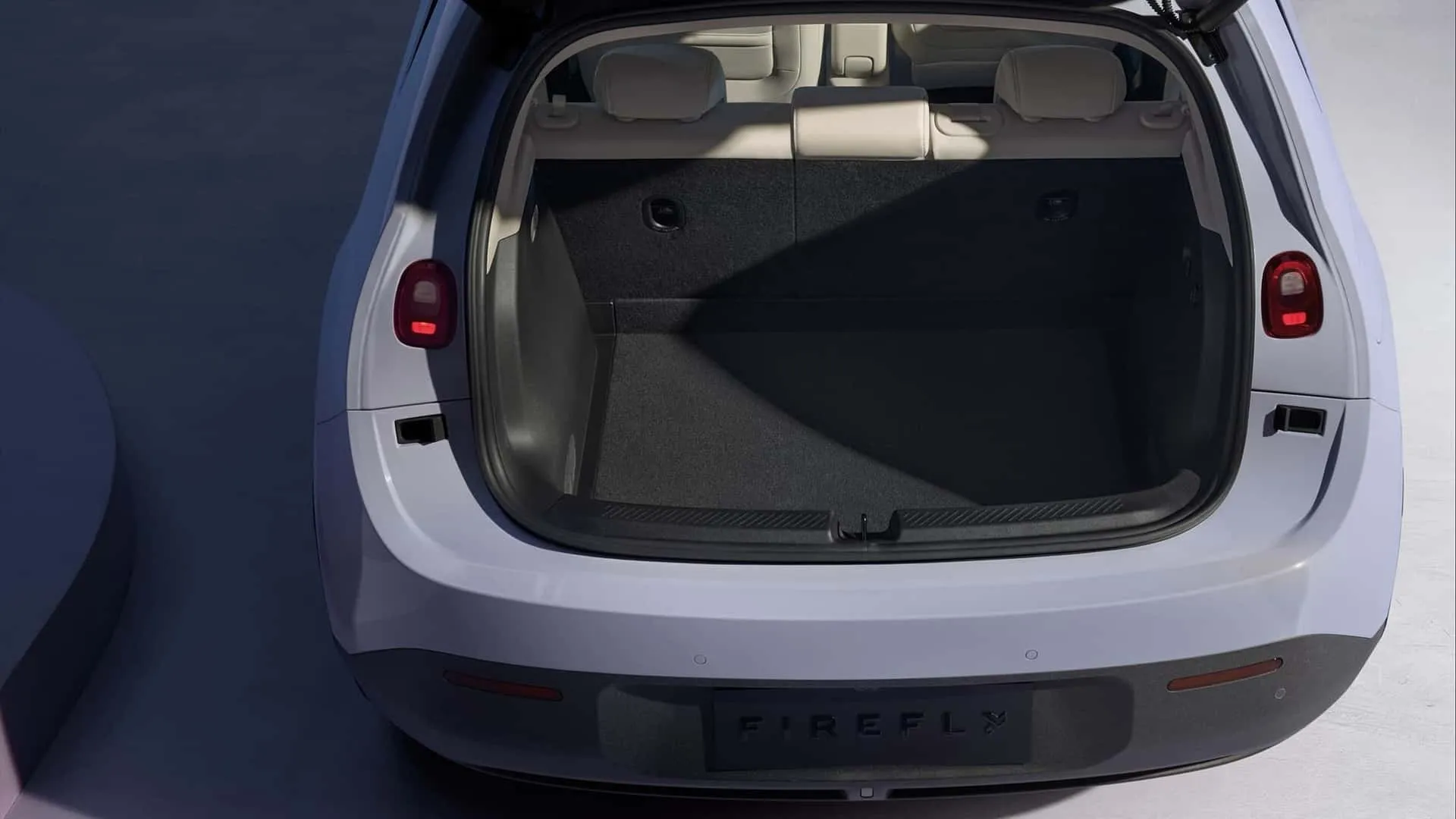


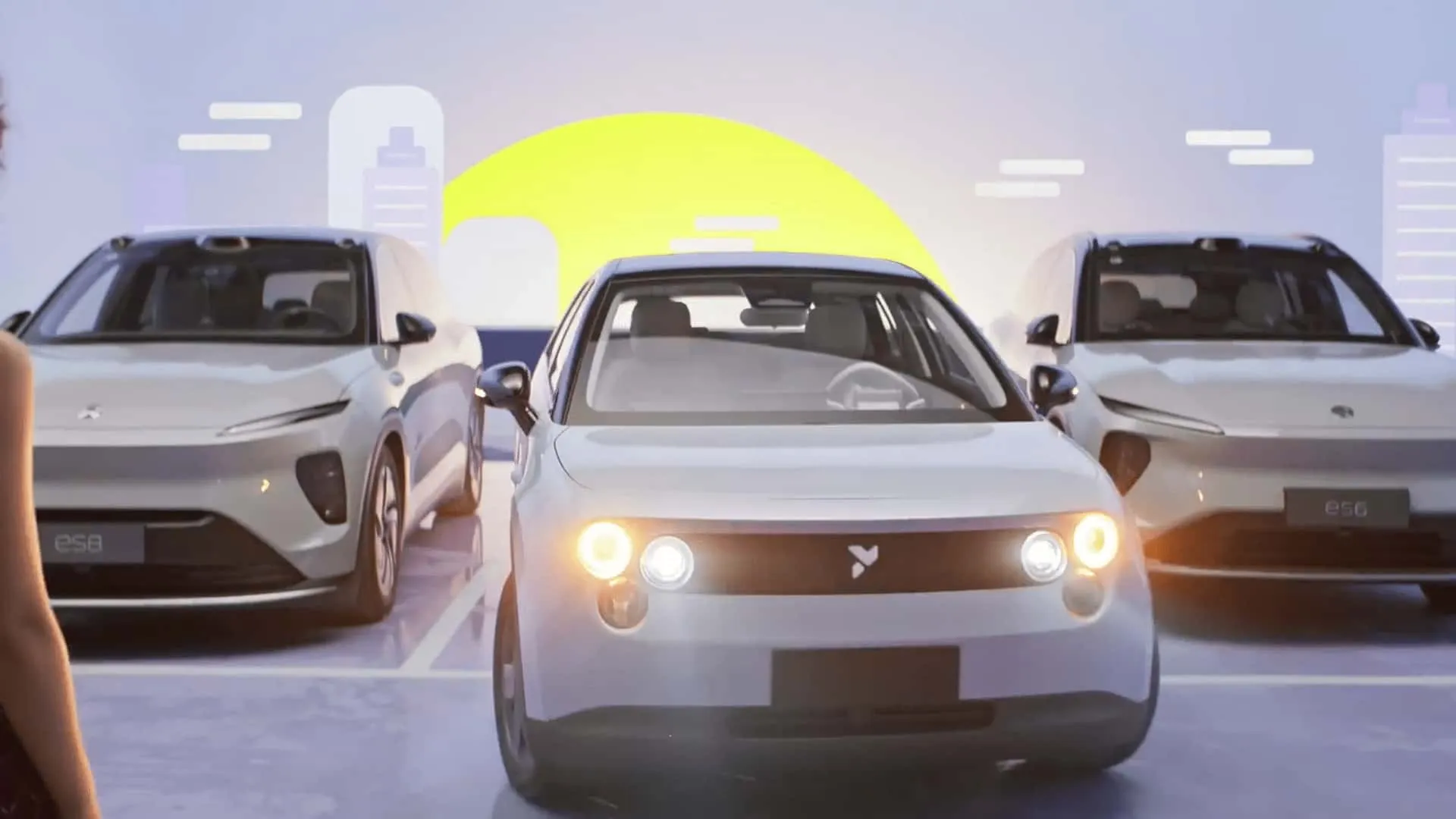
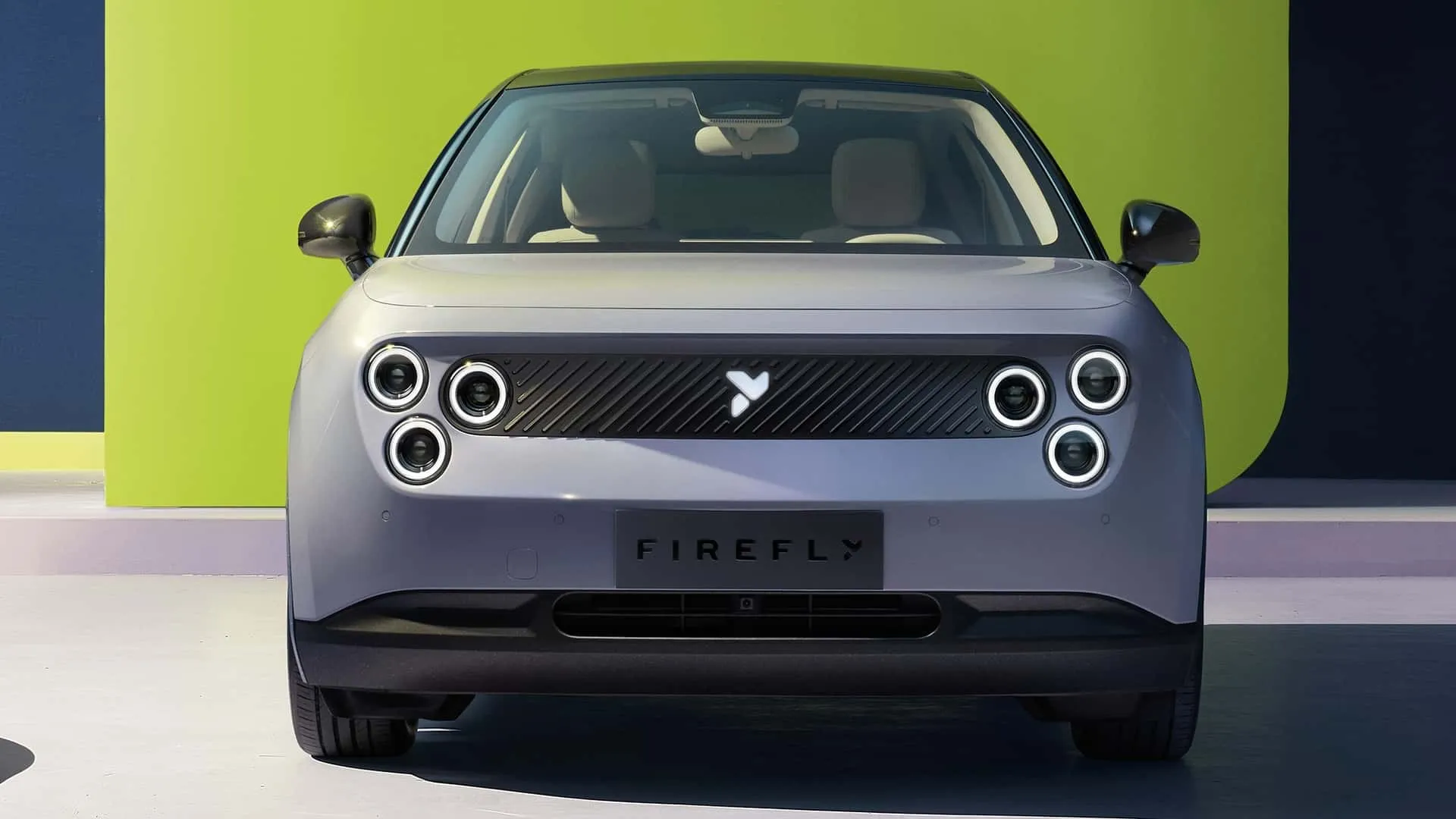
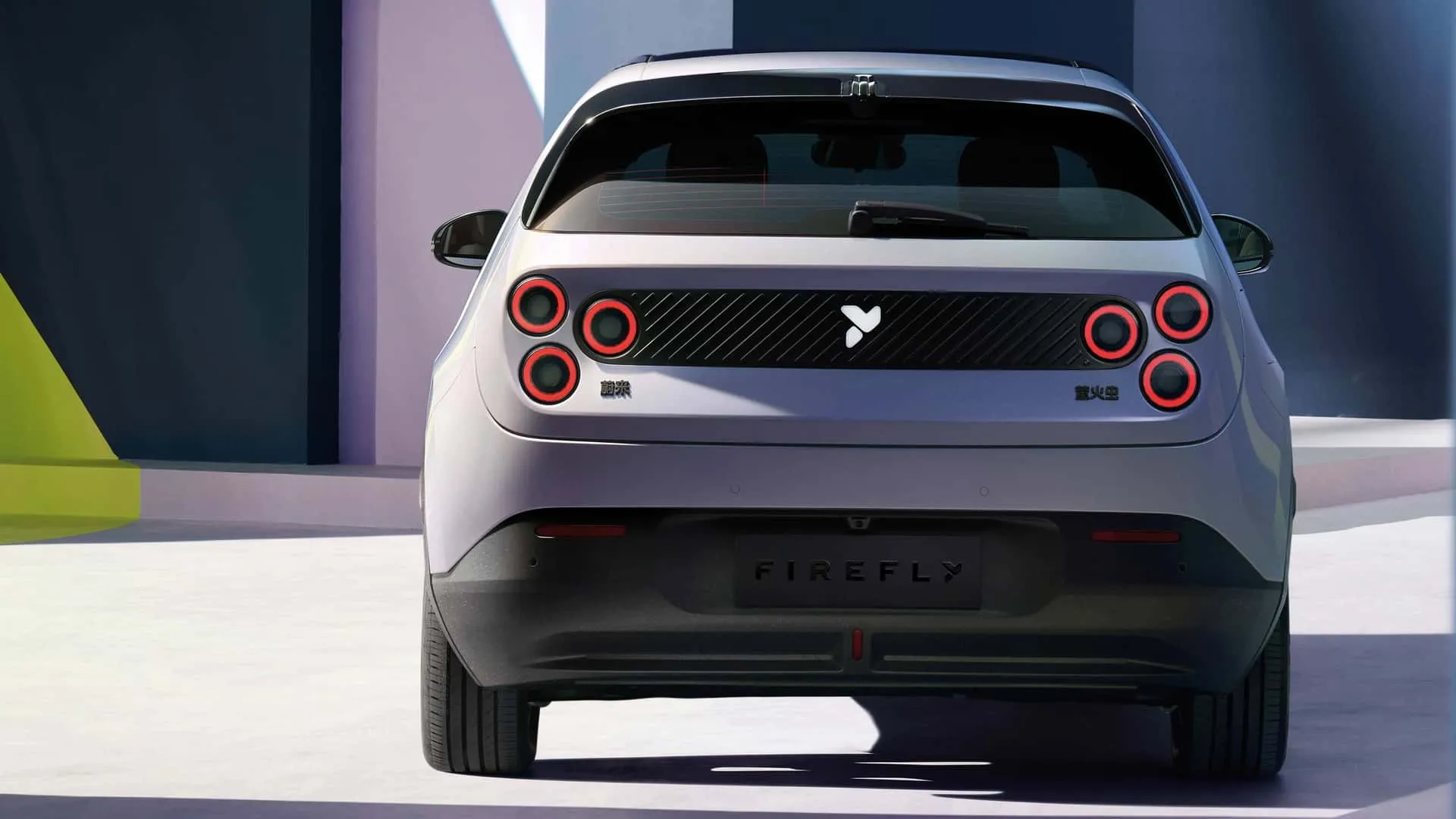



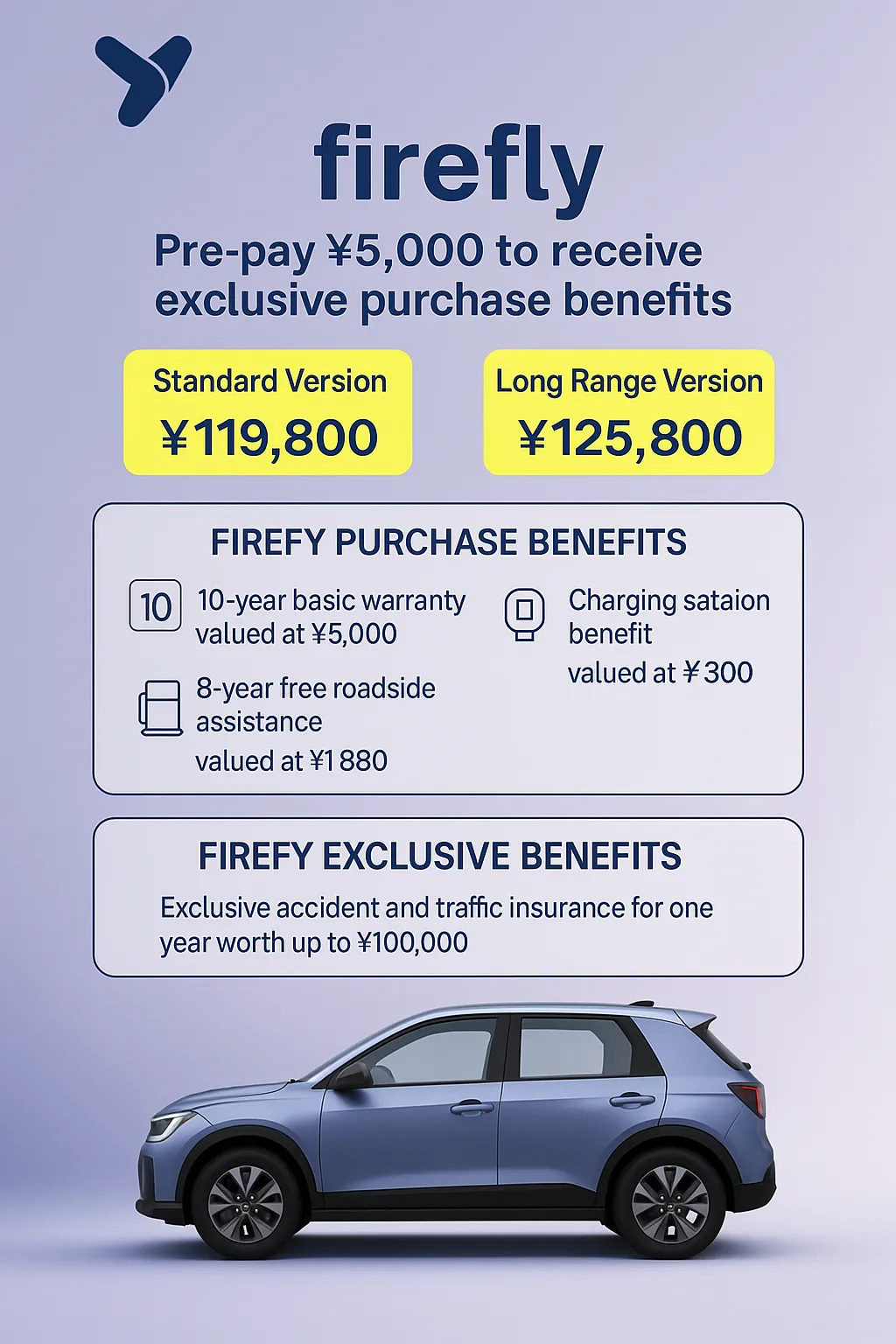
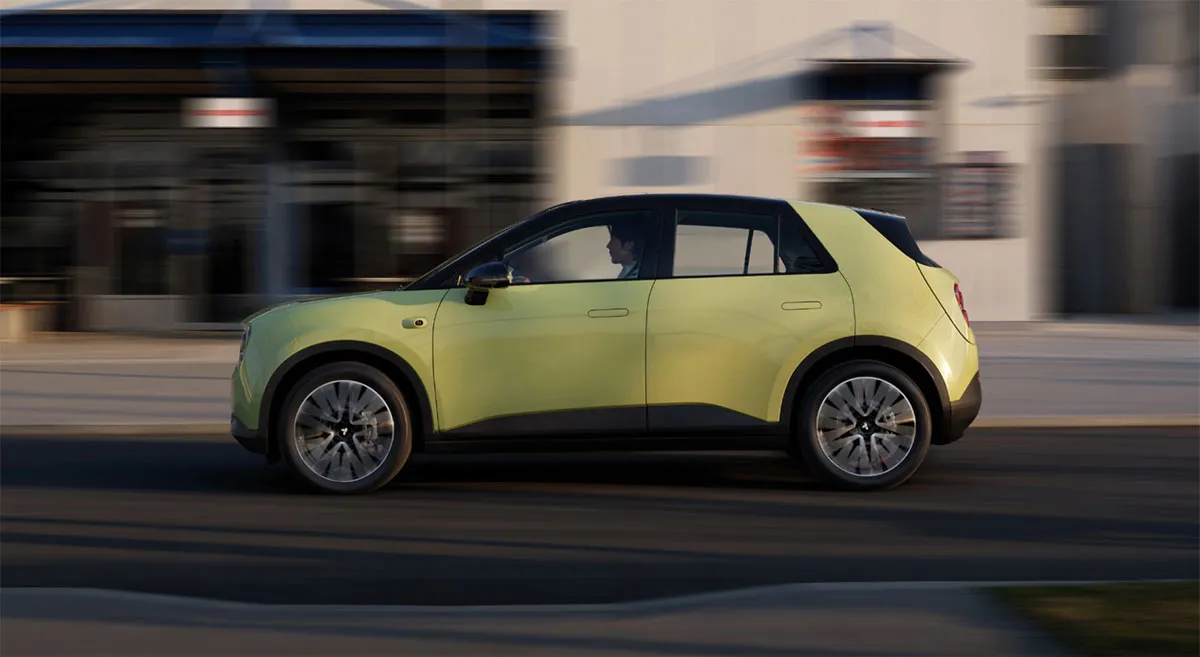
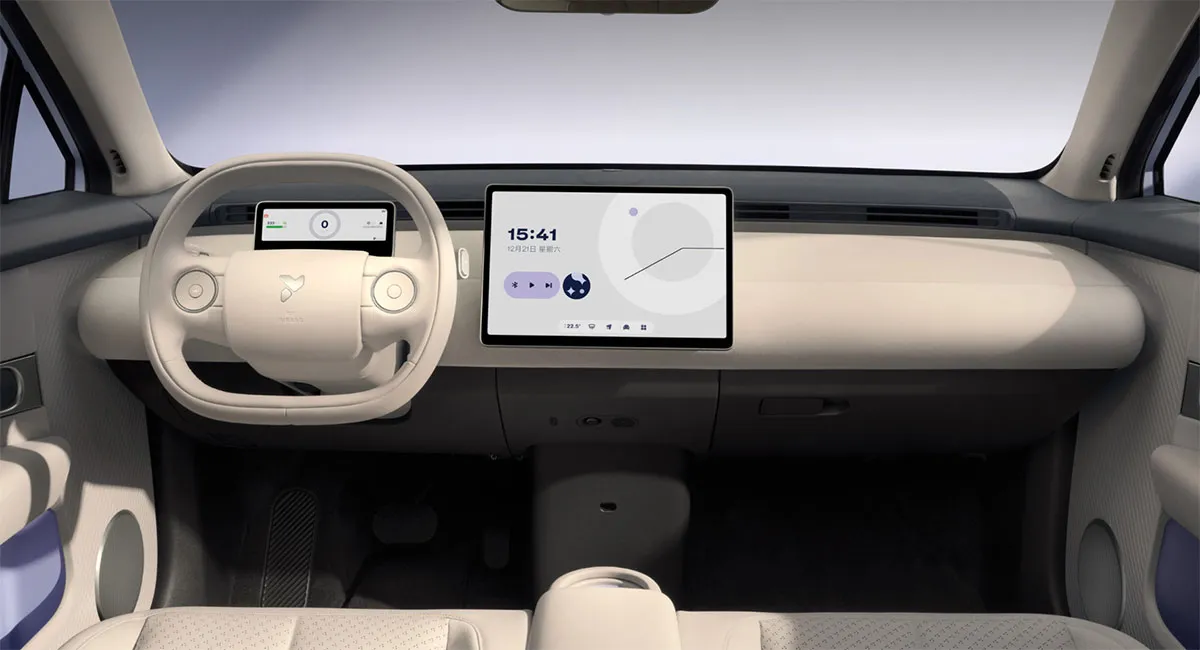
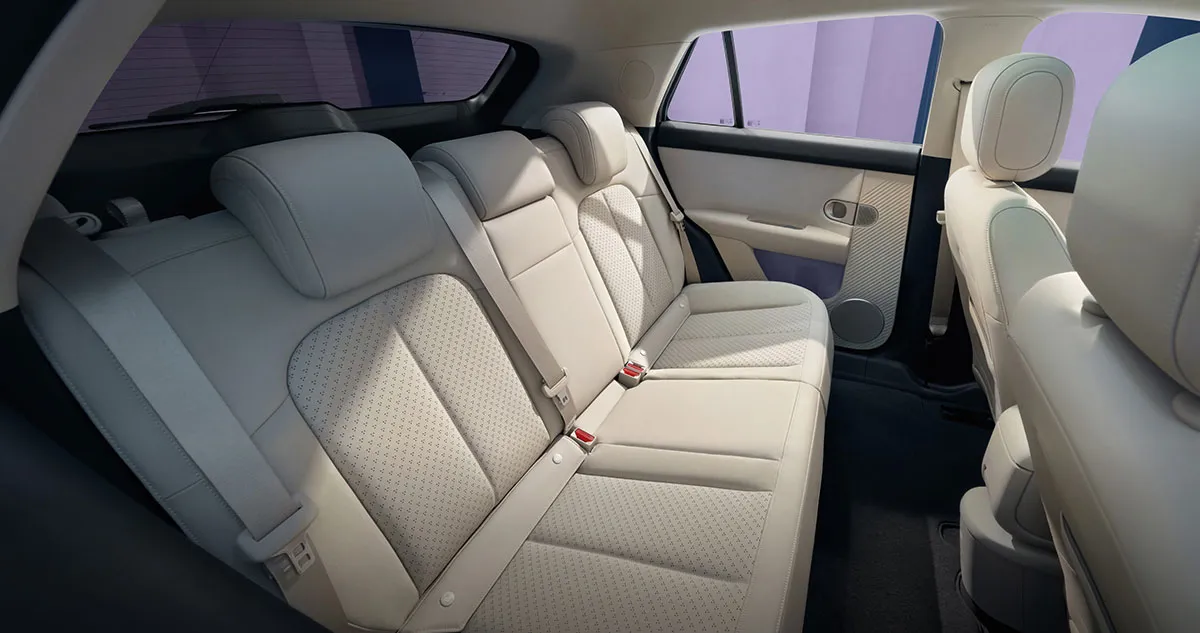

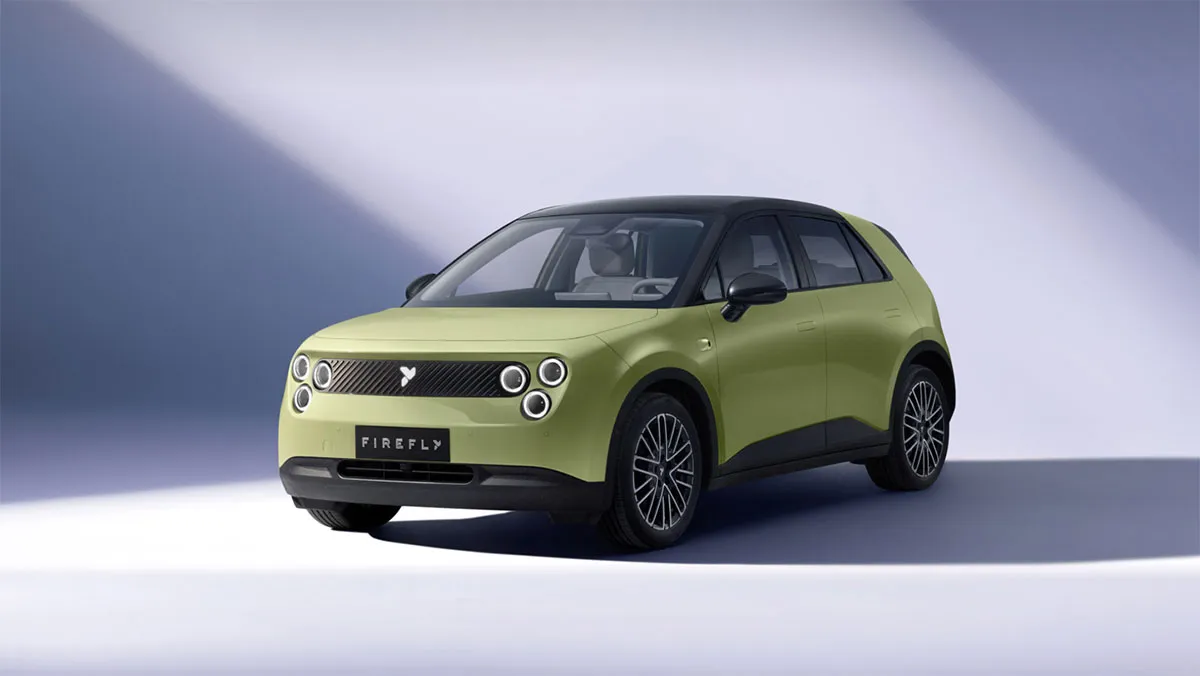
Author: Fabio Isidoro
Founder and editor-in-chief of Canal Carro, he dedicates himself to exploring the automotive universe with depth and passion. A car and technology enthusiast, he produces technical content and in-depth analyses of national and international vehicles, combining quality information with a critical eye for the public.

